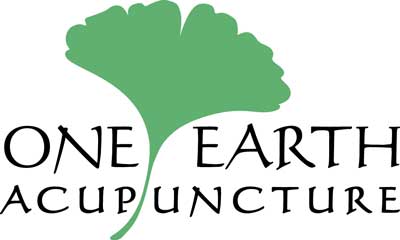Inspiration through Breath (Part 2)

In our previous post, we discussed how high levels of stress in our society create a tendency to breathe rapidly and shallowly by opening and closing the chest. Abdominal breathing for about 15 minutes each day will reduce anxiety and reduce stress. Deep abdominal breathing increases the supply of oxygen to your brain and stimulates the parasympathetic nervous system, which promotes a state of calmness. You will feel more connected to your body and your awareness away from the worries in your head will quiet your mind.
Deep breathing requires practice. Following are some guidelines to improve your health through deep breathing.
INSTRUCTION
First explore HOW you breathe, the quality and rate.
Before you try to practice deep breathing, find out how you normally breath when you are relaxed and not involved in any activity. Your normal breathing may not be the healthiest way of breathing, we all have room for improvement.
Do you breath with only your nose? Mouth?
What part of your body moves with each breath?
Do your ribs move to front, back? Does your breast bone move?
Discover what is your natural breathe without thinking and interfering.
Is your breath long, short, deep or shallow?
Quiet or make a sound?
Is your breathe comfortable or not?
What is your respiratory rate? How many breathes per minute?
Simply look at a clock or set a timer for 1 minute and count your number of breathes.
The average number of breathes for a healthy adult is 15-17 breathes per minute.
When anxious this can be up to 20 per minute.
With practice, your normal healthy breathing can slow to about 5 breathes per minute.
Your body can learn to slow down and waist less energy, and absorb oxygen more efficiently.
Start each session/practice with this basic self-awareness – don’t interfere with breath (the idea is unobstructed flow of breath creates unobstructed flow of qi). Straining to get a deep abdominal breath is counter- productive.
Sit in a chair, like a kitchen chair that is not too soft; sit erect, with legs uncrossed, back straight but not stiff and feet on the ground. Wear comfortable clothes with a loose belt, creating space and freedom in the body so breathe can flow without effort or strain. The relaxation response is not lying on the couch or sleeping but a mentally active process that leaves the body relaxed, calm, and focused. *Do not use your breathing practice as a substitute for any medical treatment or psychotherapy.
Close your eyes and relax your whole body. Hold one hand over your chest above your breast, and the other hand over your belly button. Breath in slowly through your nose. Your hand on your belly button should slowly rise, but your chest should not. When you have taken a full deep breath, hold it, count to two then slowly breathe out. Repeat a once or twice, then relax your arms, place your hands on your lap. Now you should have the feel a deep abdominal breath. Repeat the deep breathe a few times. Your mind will become more peaceful and in greater harmony with nature as you practice and become more relaxed.
Once the body experiences the pleasure of healthy, relaxed breathing, it becomes natural and habitual.

Evelynne Toth, L.Ac
Founder & Owner
Testimonials
Subscribe
Integer posuere erat a ante venenatis dapibus posuere velit aliquet sites ulla vitae elit libero

